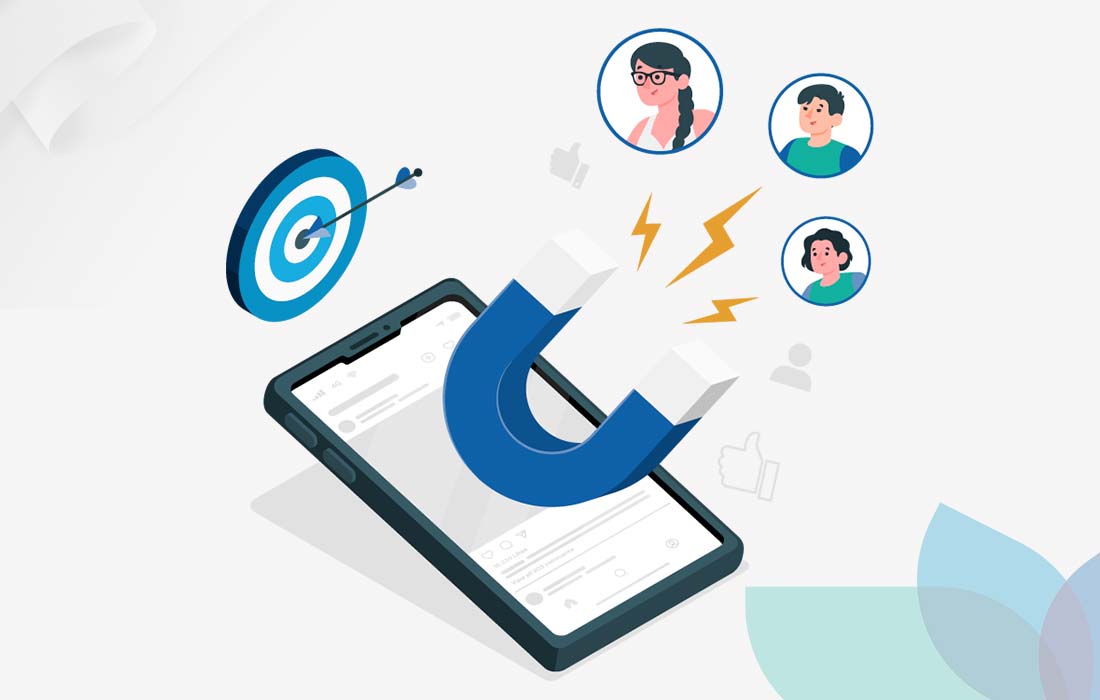
Starting a Lead Generation Business
Lead generation has become a buzzword lately, but not everyone grasps its full potential in marketing.
Simply put, lead generation is about attracting potential customers and getting them interested in what you offer. The success of a business largely hinges on the quality of leads it attracts. If the leads are few or not relevant, sales suffer.
In today's business landscape, the focus is increasingly on boosting sales. Many believe that increasing targeted inquiries for collaboration, rather than just improving the product or terms, leads to higher profits and growth.
Lead generation has emerged as a primary method for attracting potential customers to sales and information platforms. It serves as an alternative to traditional advertising campaigns, but it's not always a guaranteed success and can sometimes lead to unnecessary costs.
However, with a well-structured development strategy, attracting new leads becomes the cornerstone of marketing for any enterprise.
What is a Lead in Business?
A lead is essentially a potential customer's expression of interest in a company's products or services, typically through various online channels like websites, social media, or advertisements.
Types of Leads
In sales, leads can be categorized into two types:
Quality leads: These are potential customers who are likely to become loyal customers.
Low-quality leads: Also known as "quasi leads," these are inquiries that may not convert due to reasons like budget constraints or mismatched needs.
Only quality leads have the potential to convert into customers. The conversion rate of leads to customers is a critical metric for businesses.
Components of Quality Leads
Several factors determine the quality of leads, including:
Effective advertising campaigns Skilled professionals Experience of marketing managers Quality of web resources Organization of the sales department, and more. Turning Website Visitors into Leads
To convert website visitors into leads, it's essential to provide relevant information about your products or services and attract your target audience's attention. Encourage visitors to leave their contact information by offering valuable resources or engaging content.
Lead Generation Channels
Lead generation channels include both offline and digital avenues like email marketing, content marketing, SEO, PPC advertising, and more. Digital channels are particularly popular due to their diverse tools and real-time analytics.
Traffic Sources and Lead Generation
Contextual and targeted advertising are key sources of traffic for lead generation. These methods allow businesses to display relevant ads to users actively seeking their products or services.
Developing an Effective Lead Generation Plan
Creating a solid lead generation plan involves identifying target leads, defining attractive offers, choosing appropriate tactics and channels, and nurturing leads throughout their journey.
Retaining Collected Leads
Retaining leads involves effectively processing their data and nurturing them until they become customers. Customer Relationship Management (CRM) systems play a crucial role in this process.
Lead Generation for Revenue
Businesses can offer lead generation services to other companies in exchange for payment. However, this approach requires careful consideration of various factors and often involves collaboration with experienced professionals.
Lead Generation Tips and Ideas
Several strategies can enhance lead generation efforts, including offering free tools, using pop-ups and smart banners, conducting original research, hosting webinars, utilizing social media advertising, and optimizing landing pages for mobile devices.
Lead generation is about attracting potential customers and nurturing them into loyal clients. It requires continuous effort, strategic planning, and adaptation to ensure effectiveness in a competitive market. By implementing sound lead generation strategies, businesses can unlock new growth opportunities and build lasting relationships with customers.